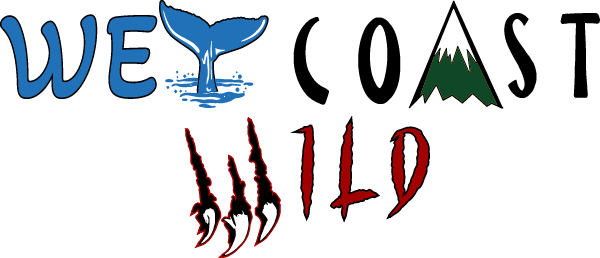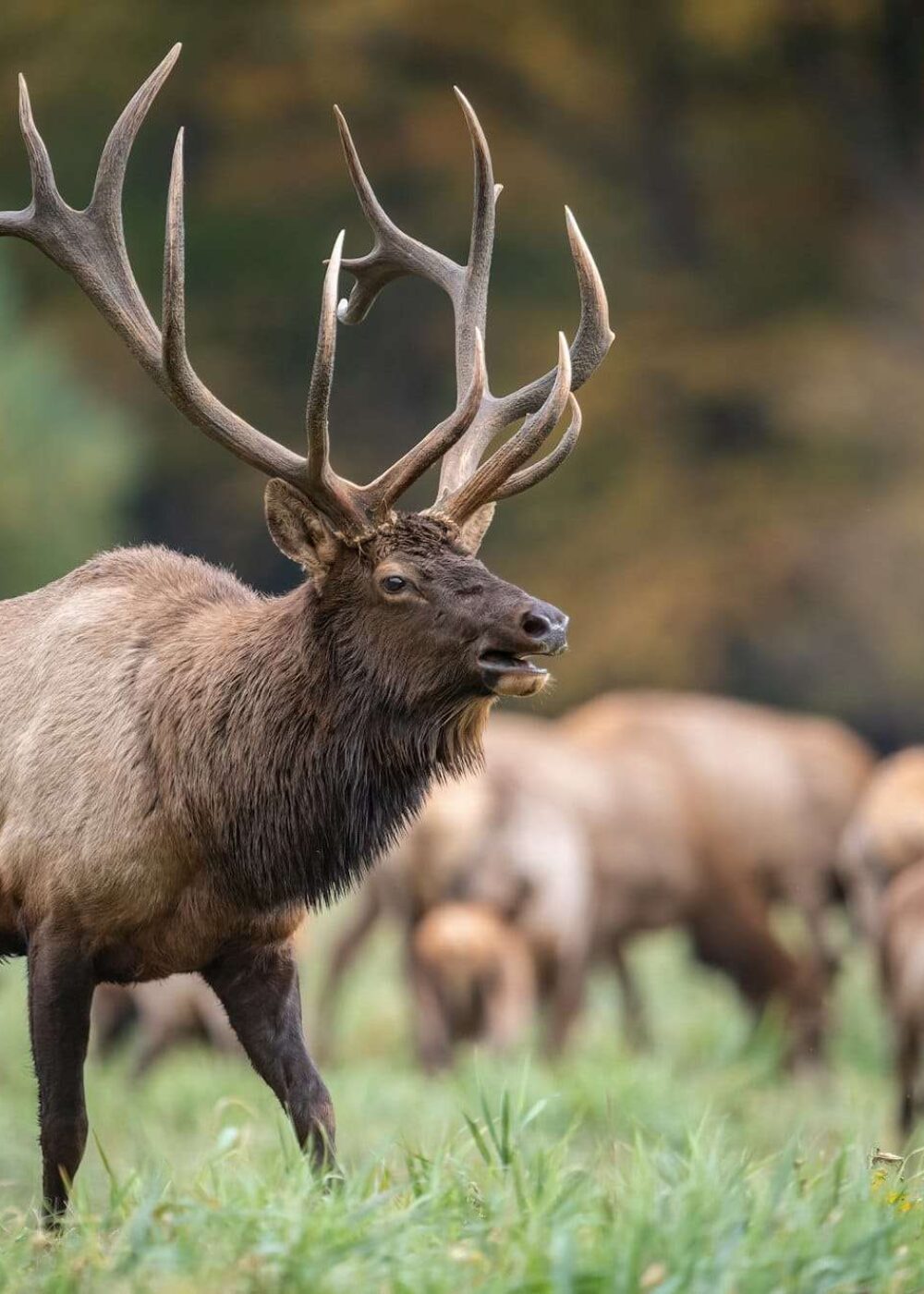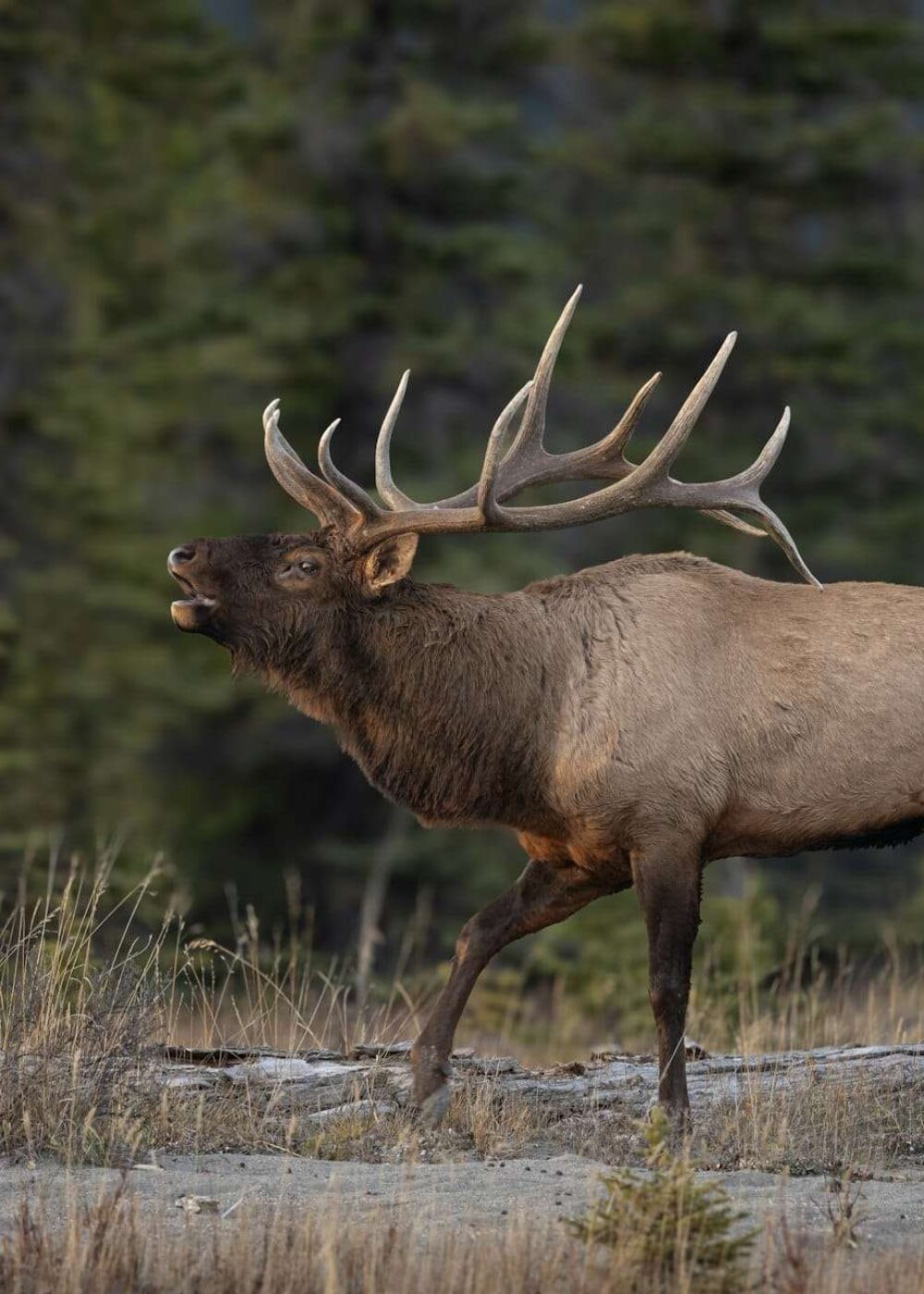Interactions between humans and Roosevelt elk can be varied and include both positive and negative aspects:
Positive Interactions:
Wildlife Watching: Roosevelt elk are a significant attraction for wildlife enthusiasts. Viewing these animals in their natural habitat can be an exhilarating experience and is often done through guided tours, promoting eco-tourism.
Conservation Efforts: Conservationists and researchers study the elk to monitor their populations, health, and habitats. These efforts help ensure that elk populations are maintained, and their environments are preserved, which often involves local communities and indigenous groups cooperating for conservation.
Cultural Significance: For indigenous communities, the Roosevelt elk hold cultural and possibly sustenance value. They are respected within these cultures and feature in various cultural practices and traditions.
Negative Interactions:
Vehicle Collisions: As with many large animals, Roosevelt elks can pose a hazard to motorists, especially when they cross roads or highways. Collisions can result in injury or death for both the elk and humans and may lead to property damage.
Agricultural Damage: Elk may venture into farmlands or orchards in search of food, leading to conflicts with farmers due to the destruction of crops or property. This can strain the relationship between humans and wildlife in rural areas where agriculture is a primary economic activity.
Urban Encroachment: As human populations expand, and urban sprawl occurs, natural elk habitats can be encroached upon, leading to increased interactions and sometimes conflicts with humans living in these areas.
In managing these interactions, authorities, like the British Columbia Ministry of Environment and local wildlife organizations, work to implement management strategies that aim to reduce negative encounters while promoting coexistence and conservation. These strategies may include creating wildlife corridors, installing fencing to prevent road crossings at high-risk areas, educating the public on how to safely coexist with elk, and developing habitat enhancement projects to keep elk populations away from human settlements.
Predators and Defensive Tactics
Three primary predators – cougars, wolves, and bears – pose significant threats to the Roosevelt Elk on Vancouver Island, prompting them to develop several defensive tactics.
When confronted, they’ll often form a defensive circle, with calves at the center, protected by the adults’ formidable antlers.
They’re also known for their speed and agility, often outpacing predators in dense forest terrain.
However, the elk’s most effective defence is their keen sense of smell, which they rely on to detect predators from a distance.
In addition, they’ll often take to water, where they can outswim most predators.
Despite these tactics, calf mortality remains high, highlighting the ongoing struggle between these majestic creatures and the predators that share their habitat.
Parasites and Disease
Despite their robust defensive tactics against predators, these elk aren’t immune to the threats of parasites and disease, which pose another significant challenge to their survival. These health threats can greatly reduce an elk’s lifespan and reproductive capacity, impacting the overall population.
Here’s what you need to know:
- Lungworm: This parasite can cause serious respiratory issues in the elk, leading to a decrease in their overall health and vitality.
- Liver Fluke: This internal parasite can damage the elk’s liver, impairing their ability to process nutrients effectively.
- Chronic Wasting Disease: This neurological disease, while not currently present on Vancouver Island, is a looming threat that could decimate populations.
- Ticks: These external parasites can cause anemia and other health complications. They’re particularly dangerous during the spring when elk are most vulnerable.



